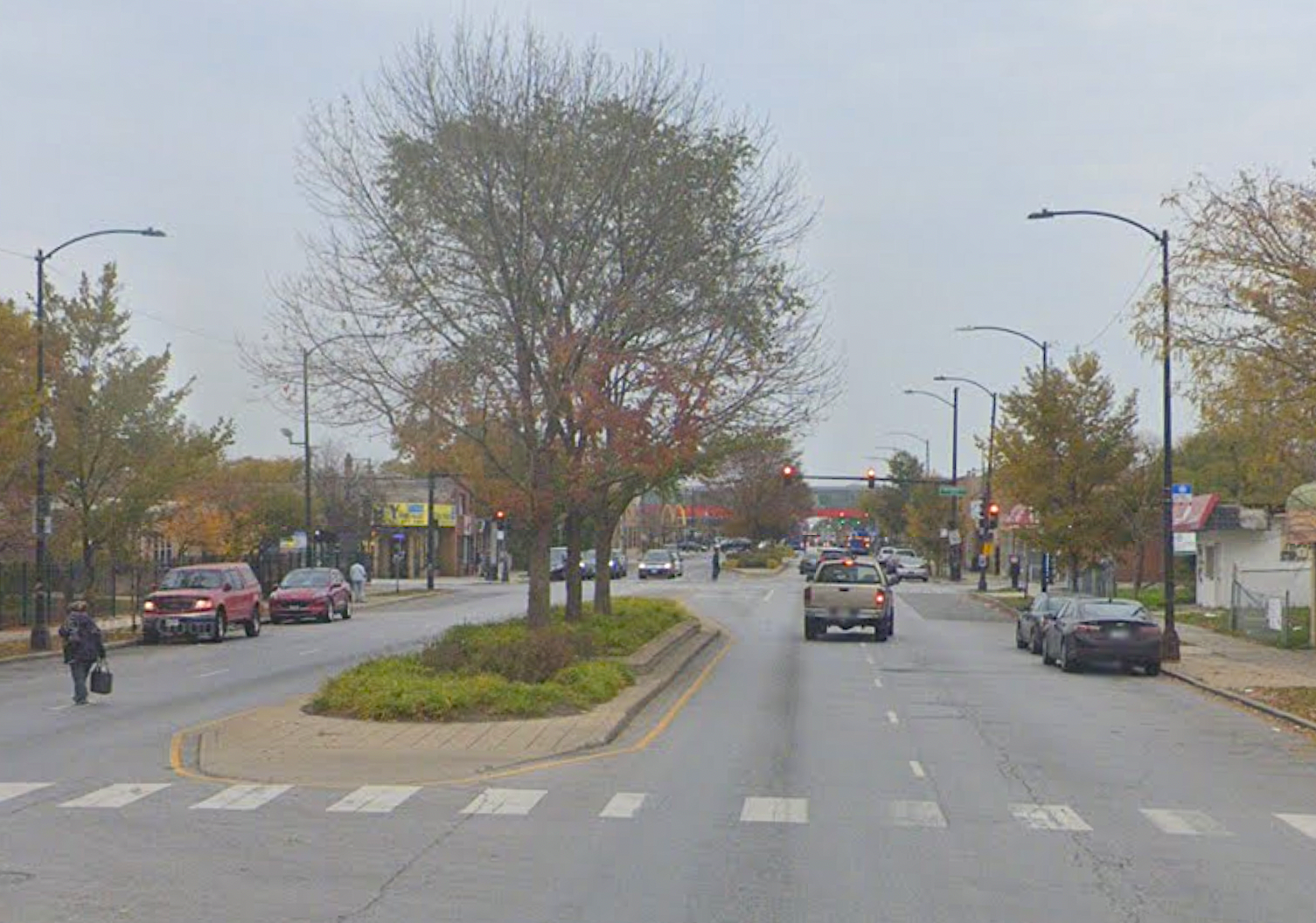Of all the places we encounter throughout the day, intersections have perhaps the most strictly prescribed rules. But the way people actually behave at intersections differs a great deal, depending on the mode of transportation, the place, the time of day -- all sorts of factors.
Adonia Lugo at Urban Adonia says she's seen observance of these rules vary wildly from city to city, and it got her thinking about why people negotiate some intersections differently than others:
There are laws, there are stripes, there are bollards, and then there are all these randos doing what they think is best. As a street ethnographer, I have observed that some intersections are more "elastic" than others, and this flexibility comes from people's attitudes rather than road design.
When I first started bike commuting in Portland, the heart of Law Abiding Cyclist Country, I got really jazzed about always stopping at stop signs and red lights. It made sense to me that I could make drivers take me seriously by behaving predictably. I'd grown up in a place where jaywalking meant running across the street, because pedestrians having priority was more theoretical than real. So it followed that, using this new mode of transport, I should do what the signs told me to do...
Now I'm in Washington, D.C, and wow, I look like a country mouse when I hesitate at intersections. Every time I pull up on a bike or on foot at a corner, others stream past me. The signals here seem to be more suggestions than anything else. Drivers, too, inch forward as much as they can, sometimes being halfway through the intersection before the light turns green.
Since I've observed so many other bike users and pedestrians, and as I noted, even motorists, making the point, it's hard for me to ignore the logic of pressing forward into empty space. Traffic signals should guarantee right of way, from a predictability standpoint, but should they impede the flow of people when there's no right of way to protect?
I know that a lot of our road design standards have been developed through years of liability lawsuits and efforts to control safety. It's just weird to me that the reality, as seen from the everyday scale of ethnography, is a lot more pragmatic. If we really want to promote active transportation, shouldn't we legitimize the greater elasticity walking and biking afford? Does it really make sense to limit these modes according to the car-based paradigm of traffic engineering?
Elsewhere on the Network today: The Wash Cycle says new rear visibility regulations for car makers will help reduce injuries and deaths from back-over collisions. Ben Ross at Greater Greater Washington reports on an anonymous pro-sprawl manifesto circulating in Montgomery County, Maryland. And the Beat Bike Blog writes that there's a "right tool" for different kinds of trips, and a multi-ton vehicle often isn't the best pick.






